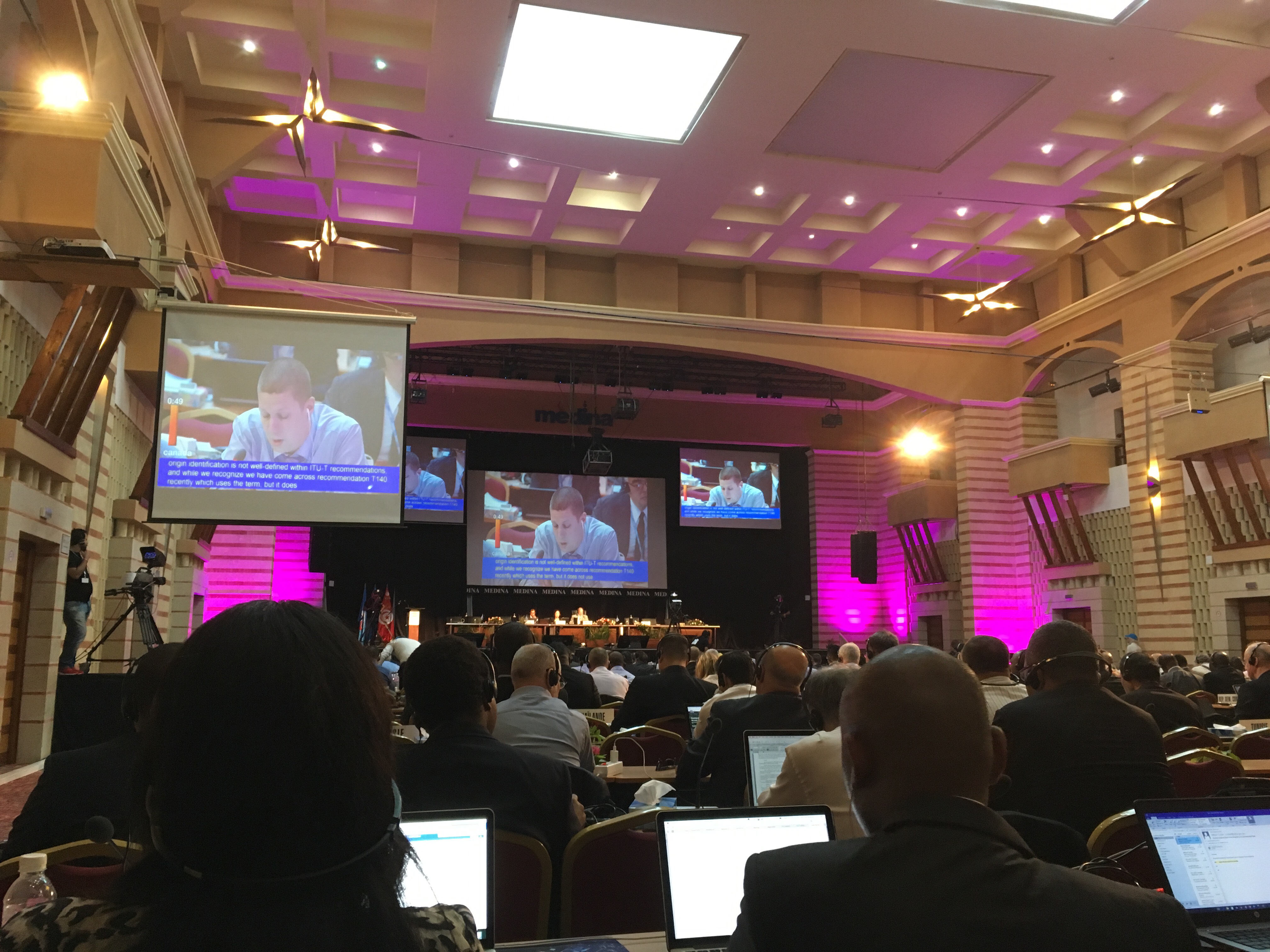We’ve reached the midpoint of the World Telecommunication Standards Assembly (WTSA), and the main Internet-realted issues are now well under discussion. This weekend, we’ve moved into the ‘ad hoc committees and working groups’ phase of negotiations. Of particular interest to the Internet Society community are the discussions focused on the Digital Object Architecture (DOA) for counterfeit device protection and as a digital management tool for IoT.
While it may not be well known outside the technical, academic and standards communities, the DOA features prominently at the WTSA – it’s referenced in 10 resolutions. Fundamentally, the DOA is a general structure for information storage, location and retrieval running over the Internet. However, as I explained in a recent post, there is interest among some members of the ITU to consider using the DOA as a digital management tool for the IoT.
With the IoT expected to undergo explosive growth over the next few years, it is worth examining the technologies that could be deployed to manage it.
At the Internet Society, we are resolutely technology-neutral. We recognize that throughout the history of the Internet, technologies and companies have come and gone. The Internet’s evolution depends on it. As new, innovative solutions emerge, others fade away. However, our 25 years of experience provides us with insight into some key characteristics that have made the Internet the incredible success that it is today. These characteristics have remained true and unchanging since the Internet’s inception, and we believe they will likely remain so in the future.
If a technology is going to be adopted as the digital management tool for the IoT, some of these characteristics may provide a useful lens through which to examine its potential for success. In particular, the following characteristics are applicable:
The Internet is accessible. Anyone can get on the Internet regardless of where they are located provided they have a connection. And when they are on the Internet, there are no limitations to what they can do, be it consuming and/or creating and sharing content, or building new parts of it and connecting new networks. The same should be true for the IoT, regardless of the tool used to manage it.
Permissionless innovation – No-one needs to ask permission to offer a new service on the Internet. It is because of this characteristic that the World Wide Web was allowed to develop and eventually become the ubiquitous application for navigating the Internet that it is today. Permissionless innovation enables the Internet’s evolution, ensuring it can flourish in the dynamic technological and social environment in which it exists.
Interoperability and mutual agreement are critical components of the Internet’s success. Open standards ensure that it remains a globally connected system of networks, and agreements between the people running those networks underpin its interoperability. Any technologies that are deployed must be able to provide reusable building blocks for future solutions, and not impose restrictions that could undermine the operational aspects of the Internet.
The Internet is an ever-changing entity. Collaboration among and between stakeholders has proven to be fundamental in finding solutions to the issues and challenges – both technical and policy – that arise in the management of an entity as complex as the Internet. Will stakeholders put aside their competitive interests to come together and solve the issues that will arise with the architecture that supports the IoT?
Technologies that are deployed on the Internet for a specific function can be repurposed for other functions. They are, in essence, reusable building blocks that exist in an open environment without restrictions on their future use. This ensures that the Internet remains a platform for innovative solutions and interoperable technologies.
Finally, the success of the Internet has been in large part driven by a collaborative governance model. Known as the multistakeholder model, it is grounded in open, participatory and bottom-up processes for decision-making. It is only through the application of these principles that an entity as dynamic and complex as the Internet can be effectively managed. The same is true for the digital management tool used for the IoT. Its complexity necessitates a multistakeholder approach.
The Internet Society has developed resources about the Digital Object Architecture, the Internet invariants and the multistakeholder model.

